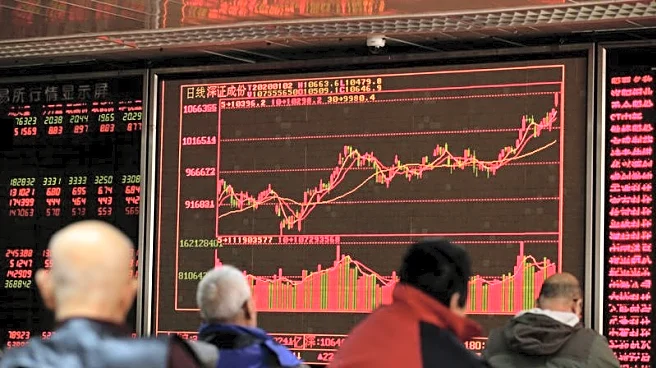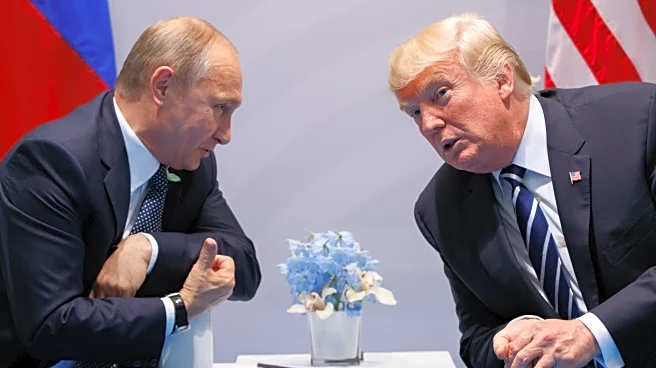What's Happening?
The global Pharmerging Market is experiencing significant growth, driven by developing economies' demand for affordable pharmaceuticals and healthcare innovation. Emerging markets, including China, India, Brazil, and South Africa, are seeing increased demand for generic medications, biosimilars, and chronic disease management drugs. Investments in healthcare infrastructure, digital systems, and telehealth are improving access and efficiency in these regions. Governments are allocating budgets to universal health coverage and domestic drug manufacturing, contributing to the sector's expansion. The market is segmented by product, economy level, indication, and distribution channel, with growth forecasted into 2030.
Why It's Important?
The growth of the Pharmerging Market has significant implications for the global pharmaceutical industry, as emerging economies become key drivers of demand and innovation. This shift presents opportunities for pharmaceutical companies to expand their reach and develop new products tailored to these markets. The focus on affordable drugs and healthcare access can improve health outcomes in underdeveloped regions, addressing both chronic and infectious diseases. The expansion of digital healthcare tools and infrastructure modernization also enhances efficiency and accessibility, potentially transforming healthcare delivery in these areas.
What's Next?
As the Pharmerging Market continues to grow, pharmaceutical companies may increase investments in local manufacturing and partnerships with regional players. The focus on digital healthcare solutions and infrastructure development is likely to expand, with further integration of telehealth and electronic medical records. Governments may continue to prioritize healthcare reforms and investments, supporting the market's long-term trajectory. The evolving landscape presents opportunities for innovation and collaboration across the pharmaceutical and healthcare sectors.















